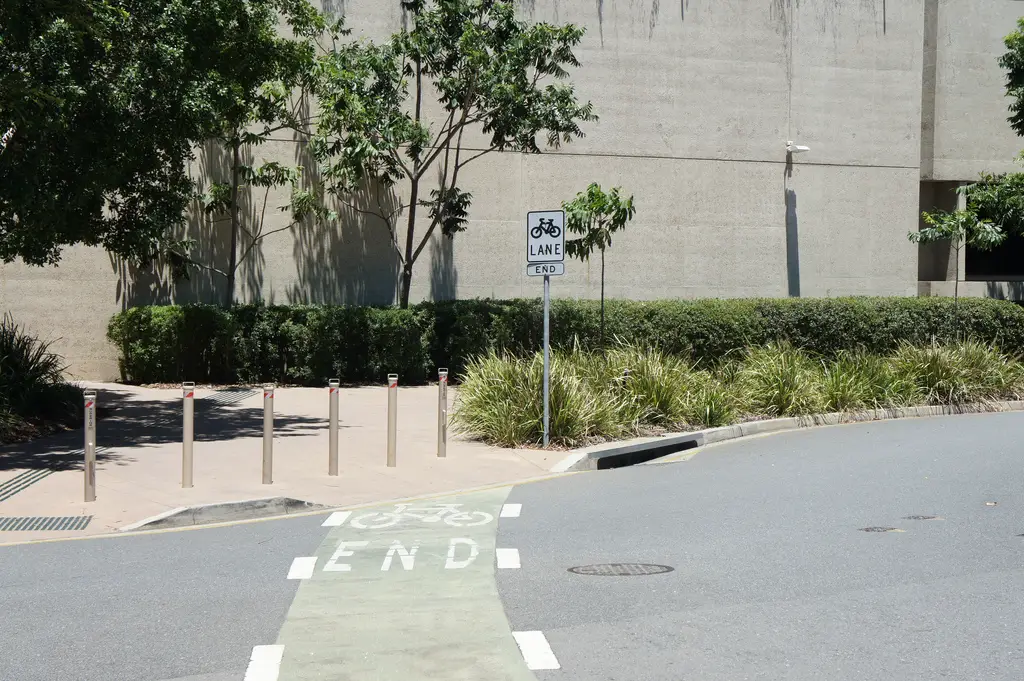I have crossed the San Diego-Tijuana border, many times, probably thousands of times. Each time it is a reflective process, maybe because that is all I can do as I wait to cross to the other side, either by car or foot. I can’t just pull a book out like when I ride the subway and enjoy the ride, I have to be vigilant and yet patient. If I’m in my car I have to be vigilant to make sure no one is cutting me off, or trying to sneakingly clean my windshield without my approval, and then I can not make too much eye contact with the border street vendors if I’m not interested in buying anything from gum to blankets or any of the variety of “souvenirs” they have for sale.
An average of 66,000 of cars and 28,500 pedestrians cross the San Diego-Tijuana border everyday. This border region is the busiest and biggest land border in the western hemisphere. Though it has two official ports of entry, there is not much difference between the San Ysidro port of entry and the Otay Mesa port of entry. The former is bigger than the latter, but both are illustrative of the far-reaching social iniquities of the region.
Crossing into Mexico is fairly easy except for when congestion piles up between 3PM and 5PM, but even then it is just hold-ups from traffic and intermittent security checks to see whether border crossers need to pay additional sales taxes to bring American goods into Mexico. The northbound crossing into San Diego is where it becomes more challenging and complicated. Entry into the United States is much more stringent and it can take hours. In the last few years, San Diego County created a taskforce that is working on extensive border renovation projects, which include enhancing the border wait experience, yet enhancing the border wait experience will entail going beyond simple beautification features.
Perhaps it is because of previous experiences or uneasiness that I feel from guests that have not crossed the epic border before that I find myself prepping them and giving them pointers to make it less painful. Even with the pointers everyone always seems to be shocked by the whole experience, especially when I decide to wait with them in the general public lanes – I have a SENTRI pass and can use a special designated lane that goes much faster, but my passengers that do not have a SENTRI pass or a GOES pass would have to get out of the car and cross by foot where there are often less people waiting. However, even with people with lots of experience traveling around the globe more often than not, it becomes evident that they do not feel comfortable with the option of crossing alone by foot.
As I sit there waiting with them, trying to answer their questions of why things are the way they are, and even though I work in a social justice field I can not help and think if I have become desensitized to the power dynamics at play: from those who can cross the border, to which lane you’ve paid (or not) to wait in – the SENTRI pass has a cost, to the border vendors and pan handlers weaving through the lanes, to the highly probable border patrol agent insolence that we will experience before we officially drive into US territory. It is not unusual to see kids or elderly folks working the border wait traffic. Once I saw a pregnant woman pushing a stroller and asking for money at 11PM. That evening there was also a little boy placing rocks in the lanes with the hopes that someone may need to get their tire fixed while they waited, because a few feet away there was a man that fixed tires on the stop while passengers waited to cross the border.
It is a very entrepreneurial border crossing. As I attempt to assuage my passengers (friends, coworkers or work acquaintances) concerns and emotions triggered by the experience of seeing people attempt to make ends meet in the fume infested border crossing, I share with them that some of these people are better off than others that do not even have the means to participate in the border wait economy.
Sure it is easy to say there is a lack of social services on the Mexico side, but I also share that in San Diego there are also plenty of social iniquities. Those with limited incomes, the poor that are on the United States side, legally or illegally, and from whichever country, also experience sub-standard living and working conditions. Yet for some reason the cleaner and greener streets make their plight more tolerable, palatable, and less noticeable. Despite the social and economic iniquities the border crossing sheds light on, both the Mexico and the United States border improvement projects have simply focused on facilitating the more corporate trans-border economy, and given fewer considerations to social equity improvements that can also enhance the border wait experience.
Claudia Huerta is an urban planner living in New York City.
Photo: Christian Javan


